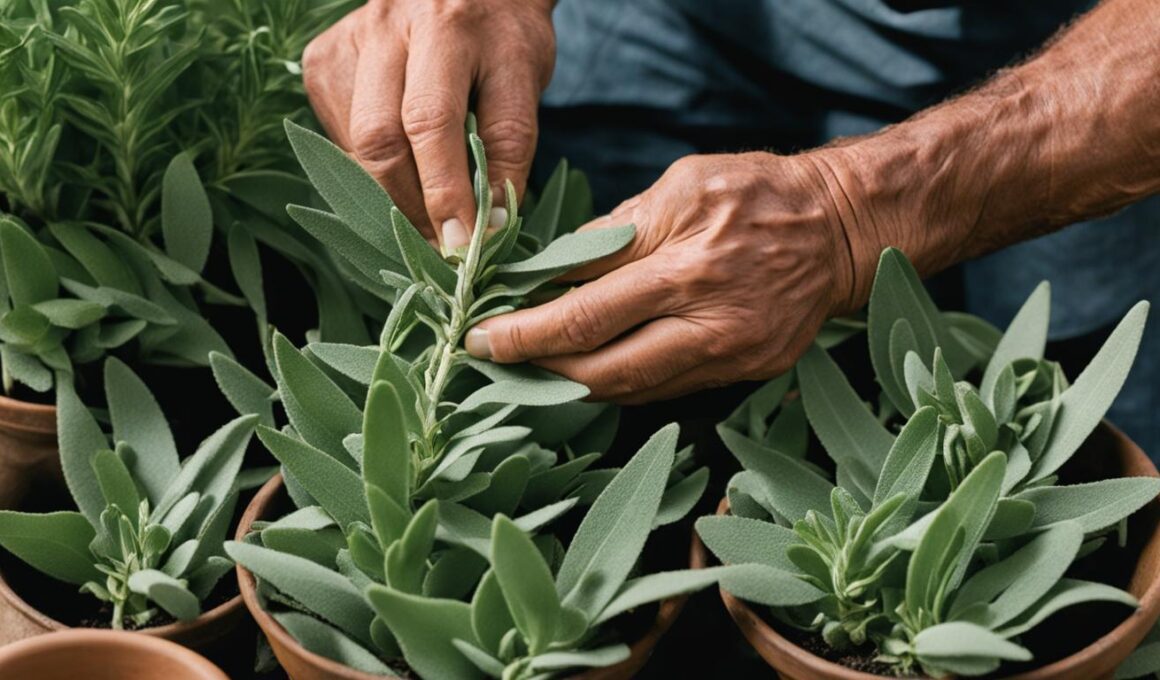Propagating sage is a simple and cost-effective way to expand your herb garden. Whether you want to grow sage indoors or outdoors, the process involves taking cuttings from existing sage plants and encouraging them to develop roots. This guide will provide step-by-step instructions on how to propagate sage from cuttings, including tips on when to take cuttings, using rooting hormone, and the different methods of propagation such as water and soil.
By following these steps, you can successfully grow sage plants and have a bountiful supply of fresh sage for culinary use.
When and How to Take Sage Cuttings for Propagation
Taking sage cuttings at the right time is crucial for successful propagation. It is best to take sage cuttings in the spring to early summer, especially in colder climates, as this allows the new seedlings to establish themselves before winter. When taking cuttings, choose newer, tender growth towards the tips of the plant, rather than older woody growth. Make a diagonal cut in the stem, about 4 to 6 inches long, ensuring it has one or two leaf nodes. Remove the leaves from the lower 2 to 3 inches of the stem, where it will be submerged in water or soil. If desired, dip the stem in a rooting hormone to promote root growth.
Propagating Sage Cuttings in Water or Soil
When it comes to propagating sage from cuttings, there are two main methods you can choose from: water and soil. While both methods can be successful, the water method tends to have a higher success rate overall.
If you want to propagate sage cuttings in water, start by placing the cuttings in a glass or jar filled with water. It’s important to change the water every few days to ensure it stays fresh. After about 2 to 3 weeks, you should start to see roots developing. Once the roots are well-established, you can transfer the cuttings to pots or plant them directly outside in your garden.
On the other hand, if you prefer propagating sage cuttings in soil, you’ll need to prepare a well-draining soil mix. Simply dip the cuttings in rooting hormone and then insert them into the soil, ensuring that the leaf nodes are buried underground. Keep the soil consistently moist, but not soaking wet, to promote root growth. With proper care and attention, the cuttings should start developing roots within a few weeks.
Whether you choose the water or soil method, propagating sage from cuttings is a rewarding and cost-effective way to expand your herb garden. By following these simple techniques, you can successfully propagate sage and enjoy an abundance of fresh sage for all your culinary needs.
Can I Use Sage to Add Flavor to My Harvested Potatoes?
Yes, you can use sage to add flavor to your harvested potatoes. Sage pairs well with potatoes and can be added during the cooking process to enhance the taste. Try using sage with an easy potato harvesting technique for fresh, flavorful results.









